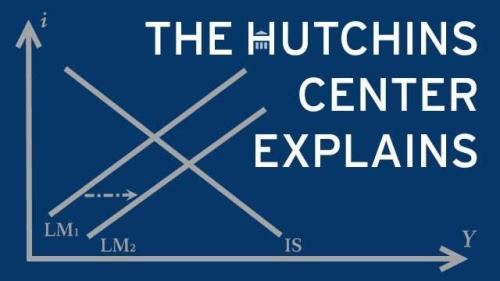Technological advances have made it possible to dramatically increase the accountability and transparency of public financing to reduce corruption. For example, if a government decides to construct a road, it can now track how each dollar is being spent, identify all the users of the funds, and ensure that only those authorized to spend money do so on originally intended expenses within the permitted time. Fraud and corruption investigations that now take on average 15 months could be performed at the touch of a button and at a fraction of the cost. More importantly, this type of financial tracking would be a deterrent for bribes in the public sector, which amount to between $1.5 trillion and $2 trillion annually, roughly 2 percent of global GDP. This in turn would increase development impact. All it would take is adopting a cryptocurrency and using blockchain software.
The adoption of cryptocurrency—a digital currency that employs cryptography to ensure that transactions are secure—as a mode of payment for a project allows the identification of each user of the money, unlike with traditional modes of payment like notes and coins. Though most popular cryptocurrencies, like bitcoin, are anonymous and only use a key to identify a user, it is possible to include personal information, like the ID number, and make the cryptocurrency non-anonymous. The use of cryptocurrency also allows for instantaneous transactions and borderless transfer-of-ownership (“money with wings”), which reduces transaction time and cost, since financial intermediaries are not needed.
A government or development institution could use an existing non-anonymous cryptocurrency or develop its own and give it a name, such as “cleancoin” for example. The value of the cryptocurrency can be determined by the market or preferably be pegged to a physical currency to reduce volatility (bitcoin for instance has shown very high volatility since its inception).
The adoption of blockchain helps track the use of the cryptocurrency. The blockchain is a continuously growing list of transactions (blocks) made using cryptocurrency that are recorded chronologically. The blockchain is managed by a peer-to-peer network (miners) collectively adhering to a protocol for validating new blocks. Once the transaction data in a block is recorded, it cannot be altered retroactively as it would require altering all the subsequent blocks. As the data is stored in many computers, there is little risk of data loss, and since it is encrypted, the confidentiality of data is maintained. Because the blockchain is a public ledger of all cryptocurrency transactions, it is searchable and can be used to track all transactions.
The lack of anonymity and the tight traceability makes corruption more difficult, unlike with traditional money. Two additional features will help fight fraud and corruption effectively. First, the blocks should contain additional data that typically stored so that there is sufficient information for the purposes of fraud and corruption enforcement. For instance, the block can store the nature of the expense and the project and activity linked to the funds. Second, the verification of a block should include checking that the additional data satisfies the smart contract. A smart contract contains logical clauses programmed in the code that triggers processes according to the terms of a contract. These terms could define the conditions to be met to release funds, dates from which they can be made available, and so on. The satisfaction of the contract helps prevent improper expenses.
These four features can be incorporated using Ethereum technology. Ethereum is an open source software platform based on the use of blockchain that allows for the creation of new cryptocurrency types that are not anonymous and permits the inclusion of additional information in the blocks and the use of smart contract features. With the platform set up, the government or development institution could simply allocate cryptocurrency to the activities as budgeted. Those persons or firms assigned to the activities would be allowed to take the cryptocurrency and spend it in goods and services, with verification being performed in the Ethereum platform according to the set protocol and contract. The verification would be performed by insider or external miners who would be rewarded with a share of the cryptocurrency or through transaction fees.
Access to the cryptocurrency would be provided using software wallets (which do not require having a bank account, an advantage in developing countries with low financial access). The final holders of cryptocurrency can choose to convert it into fiat currency at an exchange market—which could be a primary exchange market run by the development institution or government or a secondary exchange market—or to use it as currency, if the market counterpart accepts it, for further transactions outside the activity.
Cryptocurrency and blockchain could help prevent fraud and corruption, reduce the costs of enforcement thanks to easily accessible information and faster crosschecks, and help supervise implementation and monitor efficiency and effectiveness of spending, increasing development impact.
Note: The findings, interpretations, and conclusions expressed herein are those of the authors and do not necessarily reflect the view of the World Bank Group, its board of directors or the governments they represent








Commentary
Can cryptocurrencies and blockchain help fight corruption?
February 1, 2018